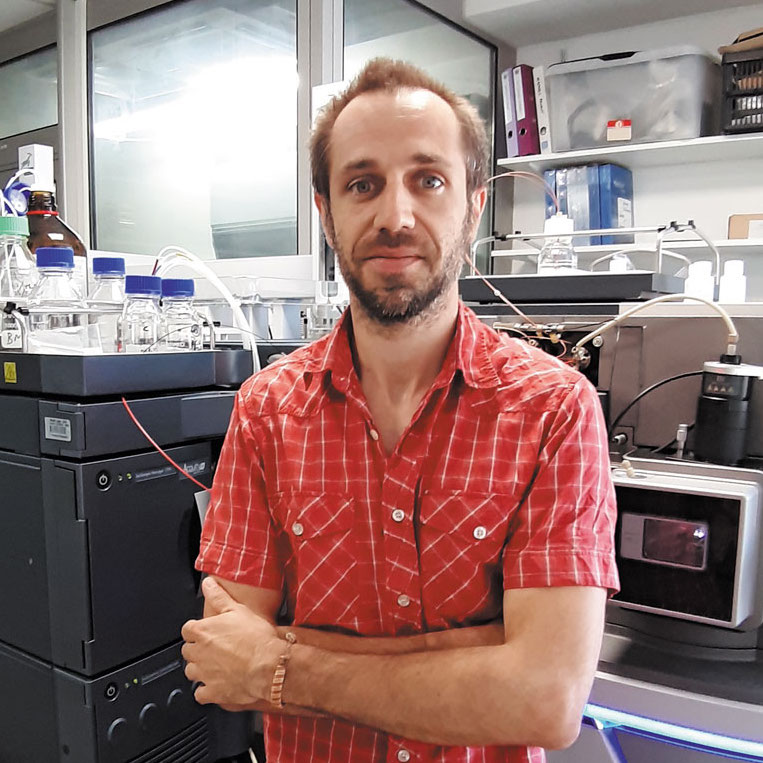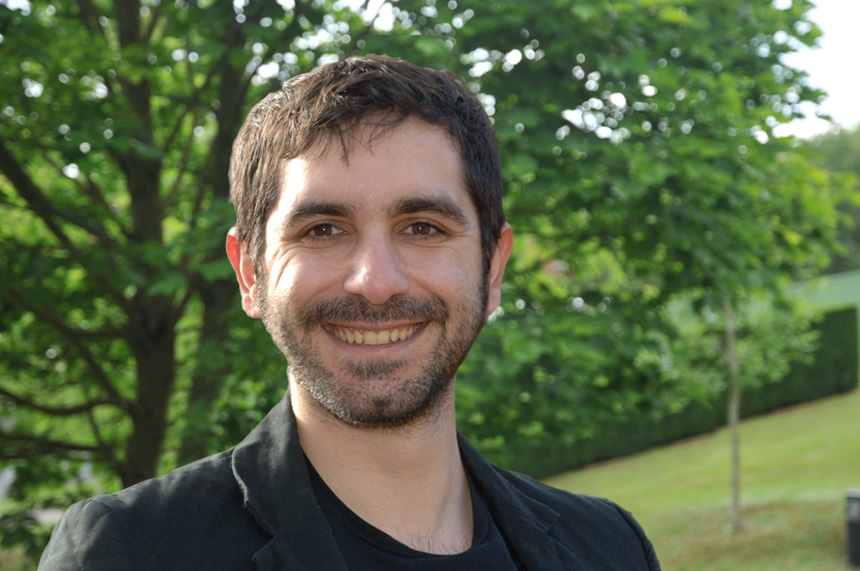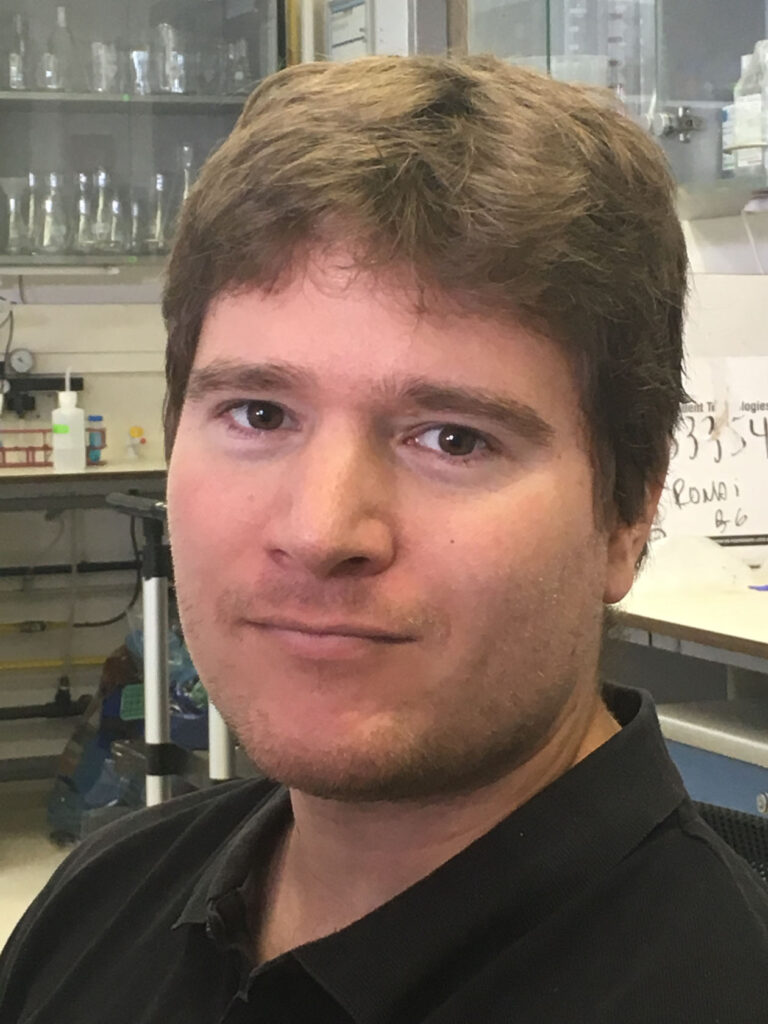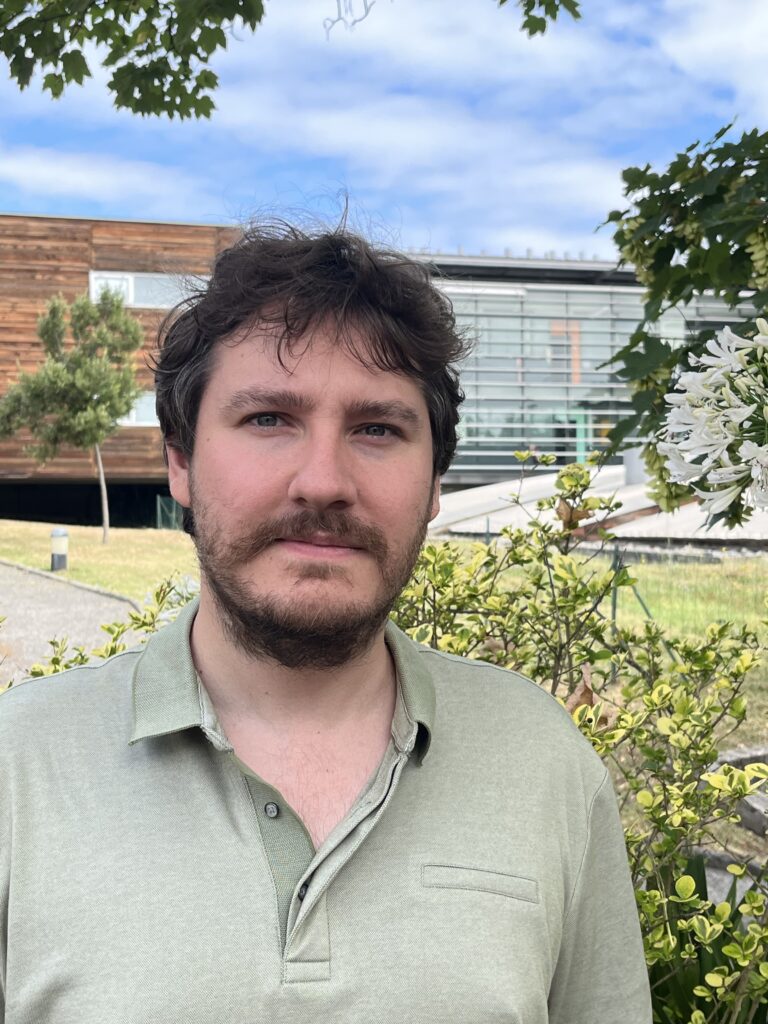IPBS researchers coordinate or are partners in 10 projects funded by the French National Research Agency

Pulsed electric fields of short duration and high intensity are known to induce the formation of conductive structures in both cellular and artificial lipid membranes—a phenomenon known as electroporation (EP). As early as the 1980s, it was demonstrated that plasmid DNA could be delivered into cells using EP. With the rise of DNA-based vaccination strategies, DNA vaccine electroporation (DVEP) has emerged as a promising approach for next-generation therapies. However, its physical underpinnings remain poorly understood.
The DEVIN project (Numerical modeling of DNA electroporation vaccination), in which Marie-Pierre Rols is a partner, aims to address this gap by developing robust physical and numerical models of DVEP, tightly integrated with experimental data. The objective is to build a comprehensive multiphysics, multiscale framework for modeling DNA uptake—starting from giant unilamellar vesicles (GUVs), which serve as simplified biophysical models of the cell membrane, to complex multicellular spheroids.
Ultimately, DEVIN seeks to design and validate numerically optimized electroporation protocols to improve the efficiency and reliability of DNA delivery for therapeutic applications.

The MabsCAMP project (Cyclic Adenosine MonoPhosphate signaling in Mycobacterium abscessus biology and as therapeutic target), coordinated by Christophe Guilhot, and in which Céline Cougoule is a partner, investigates the role of cyclic AMP (cAMP) signaling in Mycobacterium abscessus, an emerging, highly drug-resistant pathogen causing severe lung infections in cystic fibrosis patients. M. abscessus adapts to hostile host environments, leading to phenotypic antibiotic tolerance and increased risk of treatment failure and resistance. While cAMP regulates stress adaptation and biofilm formation in many bacteria, its role in M. abscessus remains unknown. This project will (i) identify genes and pathways regulated by cAMP, (ii) examine how altering cAMP affects M. abscessus traits like biofilm formation and antibiotic tolerance, (iii) decipher the underlying molecular mechanisms, and (iv) assess whether targeting cAMP metabolism could offer new treatment strategies. Combining genetics, transcriptomics, metabolomics, and infection models—including macrophages, CF airway organoids, and zebrafish—the project aims to uncover novel insights into M. abscessus pathogenesis and tolerance. It unites four expert teams from France and the UK to tackle antimicrobial resistance through innovative, fundamental research.

The KIFMITO project (KIF2C interactome at the microtubule-kinetochore junction in mitosis), in which Florence Larminat is a partner, aims to uncover how the microtubule depolymerase KIF2C regulates proper chromosome segregation during mitosis. KIF2C ensures error correction in microtubule–kinetochore attachments, preventing chromosomal instability and aneuploidy—hallmarks of cancer. Its activity is tightly controlled by phosphorylation, yet the molecular details of how these modifications govern KIF2C’s interactions and functions remain unclear. This project, with Florence Larminat as a partner, will map the mitotic interactome of KIF2C, characterize its phosphorylation-dependent condensates, and investigate how these complexes influence spindle organization, microtubule attachments, and the spindle assembly checkpoint.

The ALARMIN-ALLERGY project (Roles, regulation and cooperation of IL-33 and TL1A alarmins in the initiation of allergic airway inflammation), coordinated by Jean-Philippe Girard, aims to uncover early mechanisms driving allergic airway inflammation, with a focus on the epithelial cytokines IL-33 and TL1A. These “alarmins” are rapidly released upon tissue damage and activate immune responses by stimulating innate lymphoid cells (ILC2s), leading to production of inflammatory cytokines like IL-5, IL-9, and IL-13. The team recently discovered that TL1A, like IL-33, functions as an alarmin in the lung and cooperates with IL-33 to induce a transient “ILC9” phenotype during early allergic responses. Using mouse models and multidisciplinary approaches—including transgenic lines, immunology, proteomics, and molecular biology—the project will dissect how IL-33 and TL1A are regulated and how they contribute to allergy initiation. With over 20 years of expertise on IL-33 and strong collaborative foundations, the project is expected to yield major insights and identify potential therapeutic strategies to modulate IL-33/TL1A-driven inflammation, ultimately advancing our understanding and treatment of asthma and other allergic diseases.

The CyT-Bone project, coordinated by Christel Vérollet, in which Frédéric Lagarrigue is a partner, investigates how two proteins, RIAM and Lamellipodin (LPD), regulate the formation and activity of osteoclasts (OCLs), bone-resorbing cells whose dysfunction contributes to diseases like osteoporosis and periodontitis. Using novel transgenic mouse models and human OCLs, the team will dissect the distinct roles of RIAM and LPD in actin cytoskeleton remodeling and integrin-mediated adhesion during OCL fusion and function. The project will also assess the consequences of disrupting these proteins in mouse models of osteoporosis and periodontitis. By combining advanced imaging, transcriptomics, and functional assays, this interdisciplinary consortium aims to uncover new mechanisms of osteoclastogenesis and identify potential targets for preventing pathological bone loss.

The Proteasom-Inhib project (Selective inhibition of different regulator associated 20S proteasomes), coordinated by Julien Marcoux and in which Etienne Meunier is a partner, aims to develop a novel, third generation of proteasome inhibitors targeting specific PA28-regulated 20S proteasome subtypes implicated in auto-inflammatory diseases. Unlike existing drugs that inhibit the catalytic core of the proteasome—often causing toxicity—this approach targets the interface between the 20S proteasome and its regulatory PA28 subunits (PA28αβ-i20S and PA28γ-std20S), which play roles in antigen processing and inflammation. Building on recent screening efforts that identified selective compounds, researchers will use a deconstruction–reconstruction strategy to optimize affinity and specificity. Lead compounds will be tested in vitro and in cellulo for their effects on antigen presentation and cytokine production, with the most promising candidates evaluated in patient-derived cells and organoid models. Structural insights from cryo-EM, structural mass spectrometry, and X-ray crystallography will guide structure-activity relationship (SAR) studies. This paradigm-shifting strategy offers the potential for safer, more targeted treatments for auto-inflammatory disorders by modulating proteasome function without broadly inhibiting its catalytic activity.

The INTOX project (Immune detection of Rho GTPase–modifying toxins by the NLRP1 inflammasome), in which Etienne Meunier is a partner, aims to define the role of the human NLRP1 inflammasome in detecting microbial manipulation of host cells during infection. As the first line of defense, epithelial cells uniquely express NLRP1, suggesting a specialized role in innate immunity. Pathogens often hijack essential host enzymes like Rho GTPases to evade immune detection. The project will investigate how NLRP1 senses such perturbations to trigger inflammatory responses. Supported by strong preliminary data and a multidisciplinary consortium of microbiologists, biochemists, and immunologists, the research will uncover how NLRP1 contributes to epithelial defense against infections.

Recent omics discoveries reveal that small open reading frames (smORFs) can produce thousands of microproteins (<100 amino acids), representing an untapped source of developmental and signaling molecules. The Sex_And_SmORFs project, in which Bertrand Fabre is a partner, explores their role in Drosophila reproduction, focusing on the Post Mating Response (PMR), a set of behavioral and physiological changes in females triggered by male-derived signals. We identified two male microproteins, Tic and Tac, encoded by a bicistronic mRNA, as key regulators of PMR. Using genetic tools and advanced imaging in Drosophila, the project aims to (1) determine Tic and Tac’s functions in male reproductive organs, (2) identify additional male microproteins that induce PMR in females, and (3) discover female microproteins that remodel the spermatheca, a secretory organ essential for fertility. This project will advance our understanding of microproteins as novel regulators of reproduction and inter-organ communication, with potential implications for agriculture and public health through insect fertility control.

ELECTROSCOPE, coordinated by Maxime Berg, is an interdisciplinary project aimed at understanding how bioelectric signaling, particularly transmembrane resting potentials (TMRP), contributes to cancer development. TMRP reflects the electric charge difference between the inside and outside of cells and plays a key role in tissue structure through interactions with the cellular microenvironment. In cancer, this balance is disrupted, but its complex, multi-scale nature makes it hard to study. ELECTROSCOPE proposes a novel mathematical model treating TMRP distribution as a dynamic network, with hepatocellular carcinoma (HCC) as a proof-of-concept. The model will be informed by experimental TMRP data from increasingly complex in vitro systems and will incorporate external electric fields relevant to emerging therapies. This approach aims to reveal how cancer-related bioelectric changes arise from collective cell behavior, offering a new framework to explore cancer initiation and progression across scales.

The SEA-iDNA project (Selection and studies of antibodies targeting i-motif DNA), in which Dennis Gomez is a partner, aims to develop highly specific antibodies that selectively recognize i-motif DNA (i-DNA) structures—non-canonical, cytosine-rich secondary DNA conformations implicated in gene regulation. Due to the current lack of reliable molecular tools for studying i-DNA, the project will employ chemically stabilized i-motif models to guide the selection of novel antibodies via phage display. These antibodies will undergo rigorous in vitro and cellular validation to enable precise mapping and functional investigation of i-motifs at the genomic level. Bringing together expertise in bioorganic chemistry, biophysics, and molecular and cellular biology, this interdisciplinary project seeks to deliver essential tools for advancing our understanding of i-DNA biology and its potential roles in human disease.

